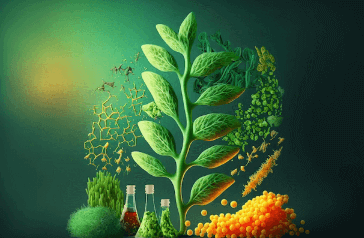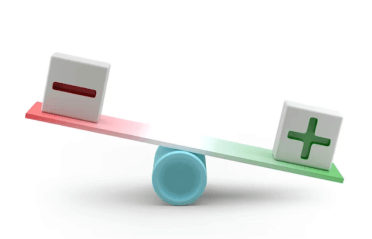Question
a.
regular reflection
b.
reflective index
c.
refractive index
d.
regular refraction
Posted under General Knowledge
Interact with the Community - Share Your Thoughts
Uncertain About the Answer? Seek Clarification Here.
Understand the Explanation? Include it Here.
Q. The ratio (speed of light in air or vacuum/speed of light in a medium) is equal to
Similar Questions
Explore Relevant Multiple Choice Questions (MCQs)
Q. The incident ray, refracted ray and the normal ray all lie on the same plane, as per
View solution
Q. The bending effect of light as it passes from one transparent material into other is known as
View solution
Q. As per second law of refraction, the ratio of the sine of the angle of incidence to the sine of the angle of refraction is
View solution
Q. The sudden change in speed causes the path of light to bend resulting in
View solution
Q. One way mirrors are also known as
View solution
Q. A swimming pool can be seen shallower than it really is due to the effect of
View solution
Q. The mirror that reflects about half the light and lets the other half pass through is known as
View solution
Q. The speed of light in glass is
View solution
Q. The mirror commonly used in lasers and CD-ROM is
View solution
Q. At the boundary of two optical media, light is
View solution
Q. If the refractive index of water is 1.33 and of air is 1, the value of critical angle for water at 90° refracted angle should be
View solution
Q. The greater the value of refractive index of a medium, the bending of light will be
View solution
Q. A girl accidently dropped a ring into a pool at night. She shone a powerful torch light to locate the ring. The refractive index of water is 1.33, what is the pool's depth?
View solution
Q. The refractive index is the ration between the speed of light in air or vacuum and
View solution
Q. The unit for the heat capacity is
View solution
Q. The symbol for heat capacity is
View solution
Q. The amount of thermal energy required to raise the temperature of 1 Kg of a substance by 1 K or 1 °C is known as
View solution
Q. To raise its temperature by 10 °C, 10 g of aluminum needs thermal energy of
View solution
Q. 100 g of water requires 13800 J of thermal energy to raise it from 20 °C TO 40°C. What is the heat capacity of 100 g of water?
View solution
Q. To raise its temperature by 10 °C, 10 g of copper needs thermal energy of
View solution
Recommended Subjects
Are you eager to expand your knowledge beyond General Knowledge? We've handpicked a range of related categories that you might find intriguing.
Click on the categories below to discover a wealth of MCQs and enrich your understanding of various subjects. Happy exploring!








